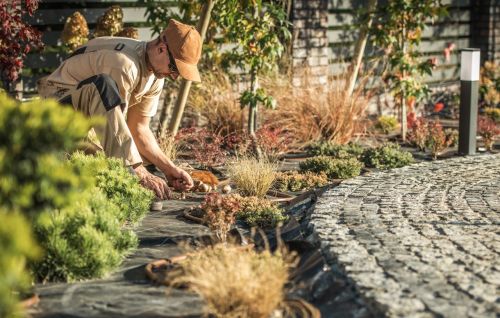Houseplants add beauty and calm to our living spaces, but some plants can pose serious health risks—especially for children and pets. While they may look innocent, certain toxic flowers contain substances that can cause skin irritation, digestive problems, or even more severe poisoning when touched, inhaled, or ingested.
In this article, we’ll answer the questions: What are toxic indoor plants? Which toxic houseplants should be avoided? And how can you protect your home from them?

Toxic flowers are plants that contain harmful compounds in their leaves, stems, roots, or flowers. They can cause mild to severe reactions if touched, inhaled, or swallowed.
Curious children might touch or put leaves or flowers in their mouths.
Cats and dogs are known to chew on leaves or dig in plant soil.
Even brushing against some plants may cause skin irritation.
Some plants release toxic sap or gases when broken.
Others can cause oral swelling, vomiting, diarrhea, or breathing issues.
Symptoms vary depending on the type of contact and the plant species.
Many popular houseplants are actually classified as toxic flowers. Here are some of the most common:
Causes severe mouth and throat irritation if chewed.
Toxic to both humans and pets.
Extremely toxic to cats—even a small amount of pollen can cause kidney failure.
Can also cause stomach upset in humans.
Sap may irritate skin and eyes.
Ingestion can cause nausea, vomiting, and drooling in pets.
Can cause heart rhythm problems, vomiting, and lethargy if consumed.
Dangerous for both pets and children.
Contains oxalates, which can lead to mouth irritation, swelling, and drooling.
Not true lilies, but still toxic to cats and dogs.
Here’s a quick reference list of toxic flowers and their names that should be avoided in homes with kids or pets:
| Plant Name | Toxicity Level | Notes |
|---|---|---|
| Dieffenbachia | High | Irritates mouth and skin |
| Lily (Lilium spp.) | Very High | Fatal to cats |
| Azalea (Rhododendron) | Moderate-High | Affects heart and digestion |
| Poinsettia | Moderate | Irritates skin and stomach |
| Peace Lily (Spathiphyllum) | Moderate | Causes oral discomfort |
| Ivy (Hedera spp.) | Moderate | Can cause respiratory issues |
| Daffodil (Narcissus spp.) | Moderate-High | Bulbs are especially toxic |
Always read labels carefully when choosing plants for your indoor space.
✅ Read the labels: Know the species and toxicity level before buying a plant.
✅ Keep out of reach: Place toxic plants in high or restricted areas.
✅ Use gloves: When trimming or repotting, wear gloves and wash hands afterward.
✅ Educate kids: Teach children not to touch or eat any part of a plant.
✅ Ask your vet: Get informed about pet-safe options for your home.
If you’re concerned about toxic plants, consider these non-toxic indoor plants instead:
Spider Plant (Chlorophytum comosum)
Areca Palm
Pilea
Peperomia
Cacti and succulents
These options are safe, stylish, and easy to care for—perfect for pet and child-friendly homes.
While houseplants bring life and beauty into our homes, it’s important to know which ones may be harmful. In this article, we explored toxic indoor plants, their symptoms, and safety measures. Avoiding toxic houseplants like lilies, dieffenbachia, or azaleas can help you maintain a safe environment.
Looking for beautiful non-toxic alternatives? Discover the safest plant choices for your home today at Cem Botanik!





